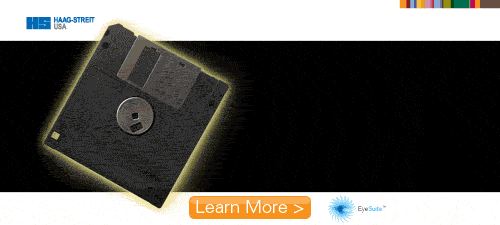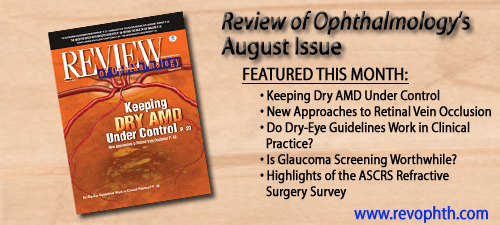Association Between Anthropometric Measures and Incident POAG
The authors of this prospective cohort study assessed the relation between anthropometric measures and incident primary open-angle glaucoma (POAG) and found that among women, higher body mass index (BMI) was associated with a lower risk of POAG with IOP of 21 mmHg or less at diagnosis. They believe that the factors contributing to this tendency may yield insight into the pathogenesis of POAG.
A total of 78,777 women were included in the Nurses' Health Study and 41, 352 men in the Health Professionals Follow-up Study. The authors followed females and male health professionals prospectively from 1980 through 2004 and 1986 through 2004, respectively. Eligible participants were 40 years of age or older, did not have PAOG at baseline and reported undergoing eye examinations during follow up. Information regarding anthropometric measures, potential confounders and ophthalmic status was updated using biennial questionnaires and during follow up, 980 POAG cases were identified. The authors of this study noted that multivariate rate ratios (MVRR) of POAG and their 95% confidence intervals (CIs) served as the main outcome measures.
They reported that there was no significant relation between cumulatively averaged BMI in kilograms per meter squared and POAG overall (p=0.06, for trend). However, in relation to POAG with IOP of 22 mmHg or less at diagnosis, each unit increase in BMI was associated with a 6% reduced risk in women (MVRR, 0.94, 95% CI, 0.91–0.98; p=0.01), but not for men (MVRR, 1.02; 95% CI, 0.96–1.09; p=0.57); this gender difference was significant (p=0.03, for heterogeneity). According to the study authors, in multivariate analyses to explore the independent effects of height and weight, weight (as height-adjusted weight residuals; p=0.002, for trend), but not height (p=0.10, for trend) seemed to account for most of the inverse association between BMI and PAOG with IOP of 21 mmHg or less at diagnosis in women. They found no association between BMI and POAG with IOP of more than 21 mmHg at diagnosis for either gender (p≥0.26, for trend). Among women, analyses found that the relations between anthropometric parameters and both POAG subtypes (POAG with IOP ≤ 21 mmHg vs. POAG with IOP > 21 mmHg when diagnosed) were significantly different (p≤0.0001).
|



















